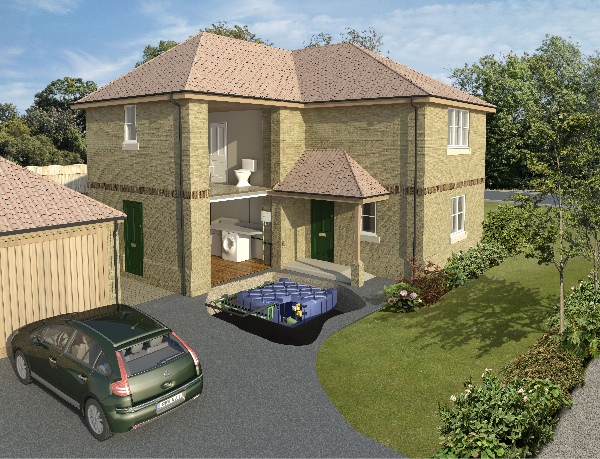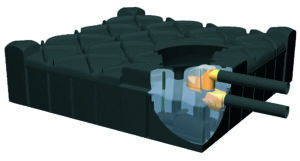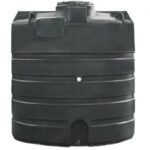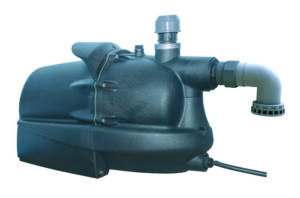Rainwater Harvesting systems can look complex and daunting to begin with. They really aren’t, the technology is straight forward and a builder can install the systems using their own ground workers and plumbers.
Here at Rainwater Harvesting Ltd we’re committed to helping you every step of the way.






